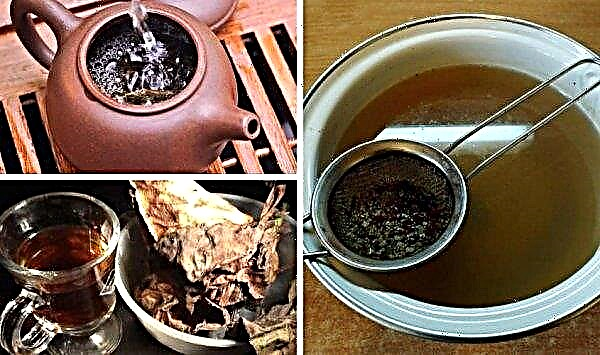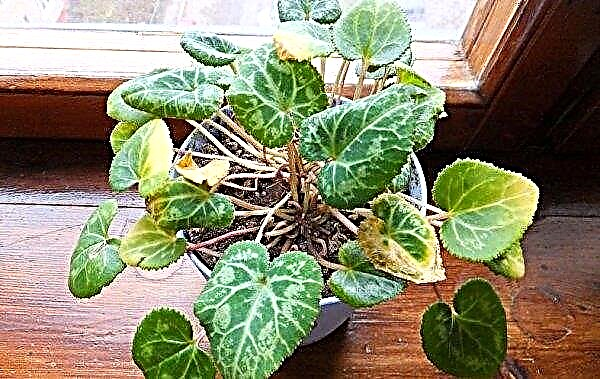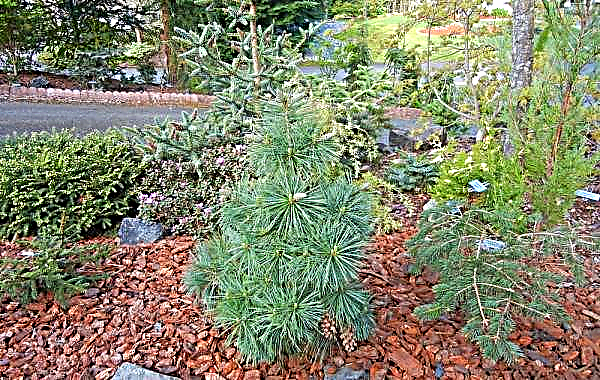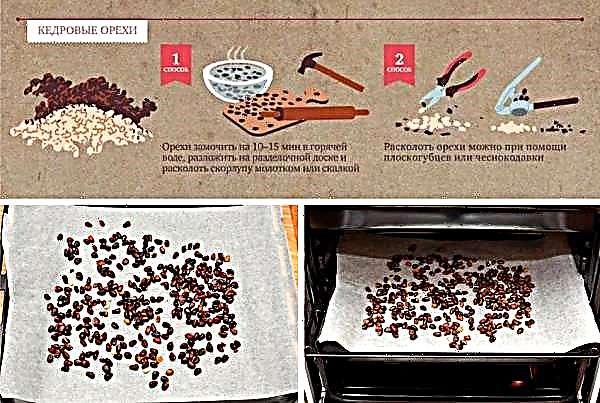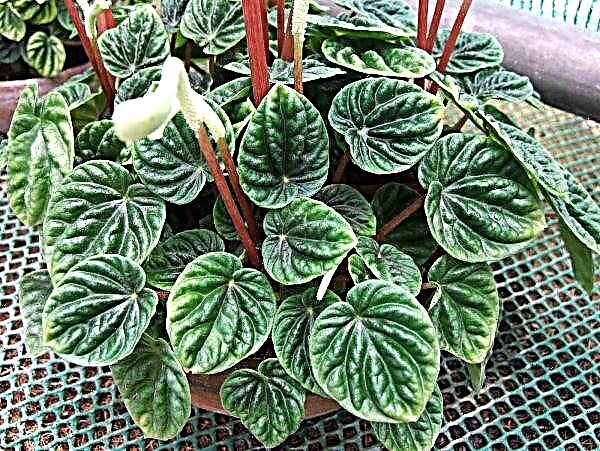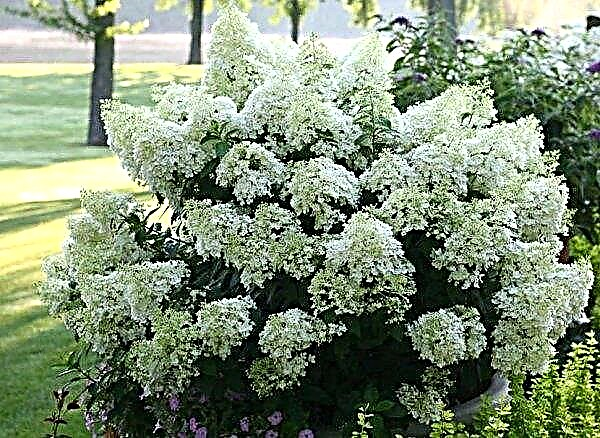Some gardeners do not risk transplanting orchids on their own, and therefore give them into the hands of specialists. Phalaenopsis is no exception. This article will help you figure out when it is best to transplant the Phalaenopsis orchid, whether it can be done at all, and if so, in what situations.
When do I need a transplant?
If the flower is disturbed for no reason, then it will take a lot of time to rehabilitate it. That is why the question arises: when is it necessary to transplant this plant.
There are two main reasons why you need to do this:
- Orchid has already outgrown its pot - this happens if the roots completely fill the entire space in the pot and at the same time displace the entire soil. You can transplant the plant only at the end of the flowering period, and the pot is used a few centimeters more.
- Phalaenopsis roots are damaged - this occurs as a result of improper care and transplantation must be done immediately. If the orchid received insufficient watering, then the roots begin to dry out and die as a result. However, an excess of moisture can adversely affect the root system. This type of orchid belongs to the aerial representatives of this flower, therefore it suffers a moisture deficit better than stagnation, and root decay, which occurs as a result of an excess of moisture, leads to the development of diseases in phalaenopsis.
Important! For orchids, the presence of aerial roots that stick out outside the pot is considered the norm, not a symptom for transplanting.
In addition, sometimes a flower needs to be replaced with a more nutritious soil:
- If the soil loses its properties or salt appears on it, then the orchid needs a new substrate. Replacement must be done at least once every few years.
- A change of soil is needed if the flower is affected by various pests.
How to transplant a phalaenopsis orchid
When it became clear that the flower needs a transplant, you should properly prepare for this procedure and know the step-by-step instructions.

Season and frequency
In the process of preparation, not only the choice of pot and substrate is important, but also the time of year when you need to transplant a flower. A transplant in the heat of phalaenopsis, like other representatives of orchids, does not tolerate well, and in winter it is at rest. In autumn, the likelihood that the flower will tolerate well acclimatization under the new conditions is quite low, and it can be compared with a winter transplant. That is why the optimal time for transplanting an orchid is the first half of spring, until it passes into the stage of active growth (most often this occurs in late April - early May).
In addition, novice flower growers often ask how often it is necessary to transplant a phalaenopsis orchid. A healthy plant is transplanted a year after purchase, and then once every few years, it all depends on the state of the soil.
Did you know? Orchids are one of the oldest plants in the world. Their age is about 145 million years.
However, it is not always possible to adhere to such terms. Unfortunately, not all orchids relax at room temperature in winter, and in spring, when it can be transplanted, it is in the stage of active growth and flowering. There are also cases when a flower needs an urgent transplant, for example, it gets sick or the root system is rotten, in which case it is simply impossible to expect spring. In such cases, the flower can be transplanted at any convenient time of the year.
Phalaenopsis transplantation is possible after flowering, but if the flower is diseased, then it is better not to delay this process, because it simply does not have the strength to bloom, so you need to transplant it immediately. In this case, do not forget to process the roots.
Video: how to transplant a phalaenopsis orchid
Pot
First you need to know which pot to transplant the Phalaenopsis orchid into. And the first thing you need to pay attention to is the roots. Based on their size, you should choose a pot. Usually choose a pot that is several centimeters larger than before. Too large a capacity does not need to be bought, since all the forces will be spent on the formation of leafy plates, and there will practically not be any forces left on the flowering. Even if it blooms, it is pretty weak.
You can even plant children in a plastic cup, since the root system is small. However, do not forget about the drainage holes, and for additional air intake it is necessary to make air holes on the sides.Important! A transparent pot with an orchid should not be placed in the sun, as this can cause rotting of the roots and soil, as well as the appearance of algae on the walls.
Since the root system of orchids is also involved in photosynthesis, it is advisable to plant the flower in a transparent plastic pot. In addition, if you plant such a plant in a closed pot, then its development will be inferior. Especially with such aerial orchids as phalaenopsis. In addition, tracing the state of the roots through a transparent pot is much easier. This will allow you to control the frequency of watering.

Priming
In addition to the correctly selected pot, the soil in which the orchid will be planted is of great importance.
The substrate for epiphytic plants (including orchids) should contain crushed bark, moss, fern roots and charcoal. Often used pine bark. All these components are mixed in equal parts. For a dry climate, 1/3 of the moss is added to the substrate, which allows you to save moisture in between waterings.
The finished substrate can be bought at a flower shop, however, it is necessary that the package says “for air orchids” or “for epiphytes”.
Step-by-step instruction
Experiments on this flower are unacceptable, therefore, they need to be transplanted according to clearly worked out instructions:
Step 1. Gently pull the flower out of the old pot. Unfortunately, this is not always easy to do, as phalaenopsis is in no hurry to part with the old flowerpot. To facilitate the process, a small deformation of the walls of the pot will help. Take out the orchid, holding the root system, as this minimizes the likelihood of damage to the roots.
Step 2 Pulling the plant out of the pot, you should clean the root system of the remnants of the old soil. Soaking the roots in warm water will help simplify this process.
Step 3 Perform a visual inspection of the root system. She must be healthy and have a green color. During the examination, it is necessary to take into account the difficulties that arose in the process of extracting phalaenopsis from the pot. If there were none and the roots are few, then there is a chance that the flower is sick.
The root system can be damaged by pests and rot. If dry, hollow or rotten processes are detected, they are cut to healthy tissues. Places of cuts are treated with crushed charcoal or cinnamon powder. For circumcision, use a knife that is previously sanitized.
Step 4 Having processed the root system, it is necessary to analyze the condition of the leaves. Often there are cases when aerial roots begin to grow between deciduous plates. In the future, such growth may complicate the orchid transplant. That is why such leaves should be disposed of, as well as yellow or old.Important! Alcohol-containing products cannot be used as a disinfectant, since alcohol can leave burns on the delicate roots of the orchid, which subsequently lead to decay of the plant.
To remove the sheet, it must be cut along the central vein, and then part two parts in different directions. Thus, the leaf will neatly separate from the trunk of the orchid. Removing leaves can also remove old peduncles. In this case, it is necessary to process the places of the slices.
Step 5 After removing leaves, roots or peduncles, the place of cuts must be dried. To do this, leave the flower for 7 hours, and preferably all night. It is also necessary to check that water does not accumulate in the axils of the leaves. If it is detected, the place of accumulation of moisture should be wetted with a dry cloth.
Step 6 After the treated orchid has dried, you can begin to plant in a new pot. A drainage is laid at its bottom, and a flower is placed on it. As a result of landing, it should occupy ½ capacity. It is important to place Phalaenopsis not very deep, as this can lead to decay of the leaves.
Fill the resulting void with soil, while tapping lightly with a pot. This will allow you to evenly distribute the substrate throughout the tank. Aerial roots should also be covered with bark.
Step 7 A few days after planting, you can carry out the first watering. If you transplant an orchid in the winter, then you need to water it only after 3-4 days. It is best to water the flower under a warm shower, the temperature of which does not exceed + 30ºС.
Transplant Care
After transplanting, the orchid is placed in a darkened place, where it is kept for several weeks. During this time, the flower takes root, and for better growth, the flower must be isolated from exposure to sunlight. If during the transplantation damage to the root system was detected, then such a shadow isolation of the flower can last up to a month. After this time, the flower is gradually adapted to the sun's rays, putting it in partial shade.
If it is impossible to provide such conditions for rooting, then the flower after copious moisture is placed in a plastic bag. It must be large enough to fit with the pot. And so that the root system does not rot, the orchid needs daily air baths, which must last at least 2 hours.Under favorable conditions, after 2-3 weeks, the plant adapts to the new pot and soil. After this, the flower needs the usual care: submersible watering and daily spraying, as well as fertilizer from March to August.

Answers to user questions
Most flower growers who decide to plant this amazing flower are interested in whether it is possible to transplant a blooming orchid, and whether a phalaenopsis transplant is needed immediately after purchase.
Do I need to transplant after purchase
After purchase, phalaenopsis does not need to change the soil, since the manufacturer uses all the necessary fertilizers when planting. These substances are enough for the normal growth of the flower, in addition, the soil has its own shelf life. However, only the seller knows exactly how long the orchid is in the store and when it needs to be transplanted. That is why you should clarify this information in the flower shop.
Most often, the transplant is done somewhere after a year from the date of purchase, since the nutrient content of the substrate that the manufacturer has laid down is drying up, it begins to decompose and decay. However, if, during a visual inspection, the soil has lost its airiness, the acidity level has changed and the salt balance has been disturbed, then phalaenopsis needs an immediate transplant.
Is it possible to transplant a blooming phalaenopsis orchid
One of the common questions among beginner gardeners is it possible to transplant phalaenopsis during flowering. Transplanting a flowering plant is not recommended, as it can cause stress. In this case, the flowers fall, and growth is inhibited. The only exception to this situation is a disease or pest attack. If the root system is damaged and there are signs of decay, it is better to cut the peduncle so that the orchid has the strength to recover. However, this is done as carefully as possible so as not to touch the roots.
Did you know? Phalaenopsis in Greek means nocturnal butterfly, and the people often call it the moth orchid.
Orchids are very delicate plants, so transplant them with extreme caution. Phalaenopsis should be transplanted only if necessary, but not more than once every couple of years. In this case, the optimal time for transplantation is spring, when the flower has not yet passed into the active stage of growth, since transplantation is stress for a flowering plant.

